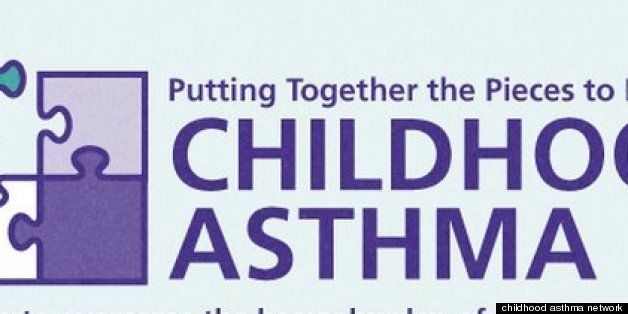
Throughout the years, innovation has allowed us to overcome some of the toughest health challenges. From targeted therapies to fight cancer to advances in stem cell research, thinking outside the box can bring about much-needed change.
For millions of children with asthma, outside the box thinking could mean the difference between staying in school and learning with friends or winding up in the emergency room. So, what does thinking outside the box mean? At the highest level, it means we cannot continue to approach childhood asthma the same old way and expect to reverse the fact that one in every 11 children in the United States suffers from it and that asthma disparities exist in some communities.
First, we must understand that childhood asthma is a chronic disease. Not an "every-once-in-a while" or "only when you wheeze" disease. Relying solely on our current medical system to help the millions of children struggling with asthma is no longer realistic. Certainly, healthcare professionals have a critical role to play. But so do families, schools and communities.
It's time to start managing childhood asthma where children live, learn and play. And National Asthma Awareness Month is an opportunity to put our heads together to come up with ideas to do just that.
The first place we can start is at school. Each year, asthma causes children to miss 13 million school days. Helping children where they spend most of their waking moments can improve asthma management, and school nurses can play a big role. They can help by monitoring students' symptoms, ensuring they have an asthma action plan, providing care coordination, educating children, families and school staff and helping parents identify and reduce triggers in the home. This is not just a great idea -- it's actually an innovation being implemented in one of the country's largest school districts. The Los Angeles Unified School District Asthma Program has seen improved symptoms in children, decreased visits to the emergency room and a three-fold decrease in missed school days.
Now let's step outside the schoolhouse and into the community and doctor's office to help children and their families better manage the disease. Doctors are stretched and many families are using the emergency room for primary care. Gone are the times when we could solely rely on traditional healthcare services to address asthma.
We can think outside the box by expanding the healthcare team to include asthma educators/counselors. These counselors provide the expertise to address elements of care that are often neglected including patient education, risk factors, health literacy and chronic disease management. Research shows that the use of asthma educators can reduce a child's number of days with symptoms, emergency room visits and hospitalizations. Incorporating this expertise into the care team doesn't necessarily mean hiring someone new. These days, an existing team member can become a certified asthma educator.
Since community health centers serve as the primary place where as many as 20 percent of low-income children with asthma receive care, exploring innovations in this setting could have a big payoff. The Merck Childhood Asthma Network, Inc. and partners have begun to implement proven clinical interventions in these "real-world" settings where so many children receive care.
As we continue innovating for children with asthma this month and year round, let's add to our list of ideas. In order to bridge the gap in asthma care and management for children, we need to go into non-traditional settings, assess what we have and how we can make the most of what we know. We need to think outside the box to make life better for children with asthma.
For more by Floyd J. Malveaux, M.D., Ph.D., click here.
